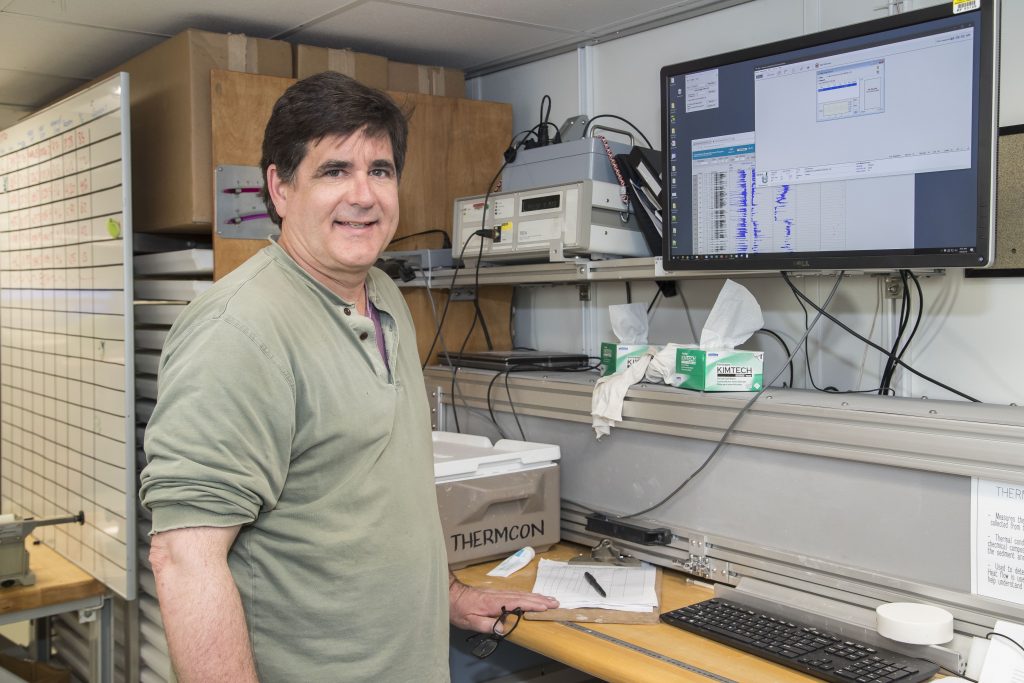
GUEST BLOG: Robert Harris – Petrophysics (Physical Properties) Specialist
I’m participating on IODP Expedition #375 as a physical properties and downhole tools specialist. My primary interest is in the temperature structure of the Hikurangi margin and surrounding area. The change in temperatures through the margin reflects the energy budget associated with geologic processes. I think understanding the energy budget leads to a more complete insight into how the Earth works.
For example, in plate tectonics – the creation of oceanic plates at spreading centers and their destruction at subduction zones – reflects one way in which the Earth cools.
About 70% of the Earth’s heat loss occurs through the ocean floor and the cooling and subsidence of oceanic plates as they move away from spreading centers reflect this process. The upper layer of the oceanic crust is cooled efficiently by hydrothermal circulation.
It turns out that the entire volume of the global ocean circulates through the oceanic crust every few hundred thousand years. This hydrothermal circulation is important because it leads to significant exchanges of energy, mass, and solutes between the ocean and crust. These exchanges modify the chemistry of the ocean, the chemical and physical properties of the oceanic crust, and support a globally significant biosphere.
The Hikurangi margin is a very dynamic plate boundary and small variations in heat flow may be revealing clues as to how this margin works. For example, at many subduction zones, temperatures along the subduction thrust fault appear to play a role in governing the depth extent of seismicity. Earthquakes represent the release of stress stored in rocks, but once rocks exceed a certain temperature (~350° C) they are too weak to store elastic stress required for an earthquake. It turns out that the deeper an earthquake can nucleate the bigger it can be, so estimating the position of the 350° C isotherm is important for both understanding geologic risks due to earthquakes and also the physics of how earthquakes work.
It’s very exciting to have the opportunity to investigate these questions and to be sailing on the D/V JOIDES Resolution. Without research ships like these, important science that we and others are doing wouldn’t be possible.
BIOGRAPHY
Rob Harris is a Professor of Geophysics in the College of Earth, Ocean, and Atmospheric Sciences at Oregon State University. He got his Ph.D. at the University of Utah where he studied geophysics and enjoyed skiing.